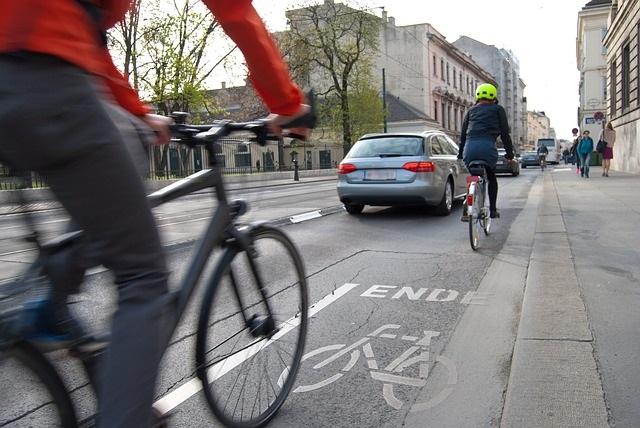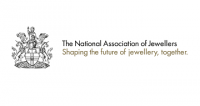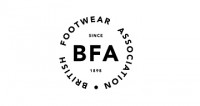The definitive guide to safer cycling series part 4
Posted on in Cycles News , Outdoor News
The definitive guide to safer cycling is a four part series that offers crucial information on important cycling safety statistics as well as helpful tips and advice on how to stay safe whilst cycling at night, during the winter and in any other less-than-ideal situation written by Michael Morris.
Part 4 offers tips and advice for adjusting our cycling for the different conditions you can encounter.
Cycling can take you on all kinds of roads, at all times of the year and in a range of weather conditions. For this reason, it is great to know the best practice cycling tips for the conditions you could encounter.

Rush hour and city cycling
Cycling in busy cities is becoming more and more popular as a means of avoiding the build-up in congestion and traffic at rush hour. London is a great example for just this, where thousands of cyclists take to the streets at all times of the day.
So when cycling in the city it's important to know the ins and outs of keeping safe and within the law.
In line with the law, cyclists should stop at all red lights and avoid riding through them. If you are caught cycling through a red light you will be fined £50. Although it is extremely tempting it is an offence and dangerous.
In terms of safety:
- Position your bike centrally on narrow roads which prevents you from swerving to avoid drains and ensures that motorists won't risk overtaking and putting you in danger
- Keep a car width distance between yourself and parked cars, giving you the room to react if a door is opened unexpectedly.
- Stay far back from large lorries and HGVs because the chance of the drivers not being able to see you is high and could result in them turning into your bike
- Always were bright or reflective clothing
- Signal before turning left or right and ensure to check behind before completing the manoeuvre
Mandatory cycle lanes
These lanes are marked with a continuous white line and it is illegal for any vehicle to enter this area either when driving or parking.
Advisory cycle lanes
These work in a similar way to mandatory lanes but with a broken white line which means motorists shouldn't enter the lanes unless it's unavoidable.
Contra-flow cycle lanes
These lanes help cyclists navigate one-way zones. They act in the same manner as mandatory lanes for motorists.
Shared bus & cycle lanes
These lanes allow buses and bikes to share a designated lane. Other road users are not allowed into these areas.
Night Cycling
Always have your lights with you
If you don't have lights fixed to your bike you should ensure that you carry them at all times. The weather is always interchangeable and as a cyclist, you should be prepared.
Carry back-up lights
Lights do run out of battery so prepare for the worst and have back-ups ready for an unexpected hiccup in your trip.
Maintain a safe speed
Always maintain a safe speed is important when you are flying down hills in the dark so that you have plenty of time to brake and take evasive action accordingly.
Plan your route beforehand
Before taking a route in the dark it is advised to test it out in the day so you are prepared and alert.
Don't ride alongside the kerb
At night staying a metre from the side of the road is a great way for drivers to see you.
Winter Cycling
Prepare sufficiently
It becomes important to prepare your route beforehand especially in treacherous conditions where you are more likely to have an accident.
Alter your cycling based on condition
You should alter the way you cycle based on the conditions you face, this means slowing down on wet roads and in icy conditions.
Maintain your visibility
Even during the day, you should ensure that you are as visible as possible to other vehicles because snow and rain can obstruct the view of drivers.
Seven tips for safer cycling in all conditions
- Practice and home your skills
- Stop cycling against the kerb
- Make eye contact
- Signal with intent
- Use the correct lane
- Always keep to the rules of the road
- Overtake on the correct side
Read the full Adjust your Cycling in the UK.





















